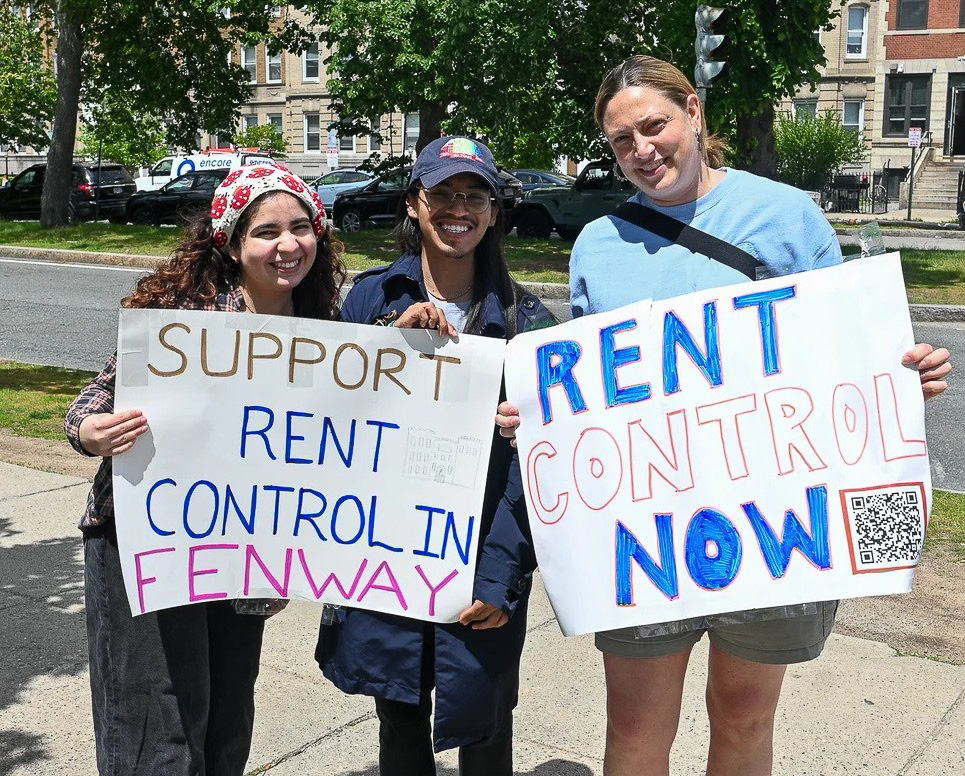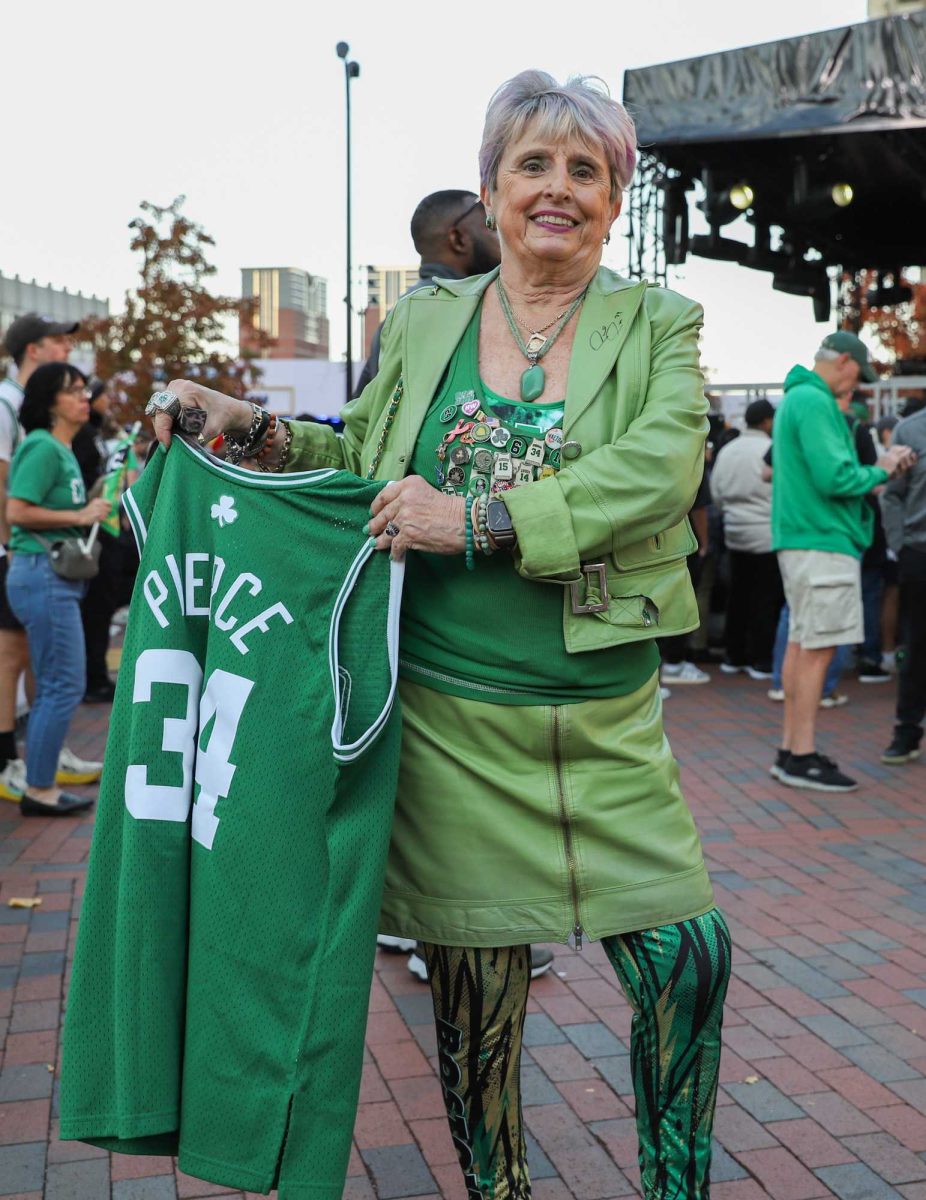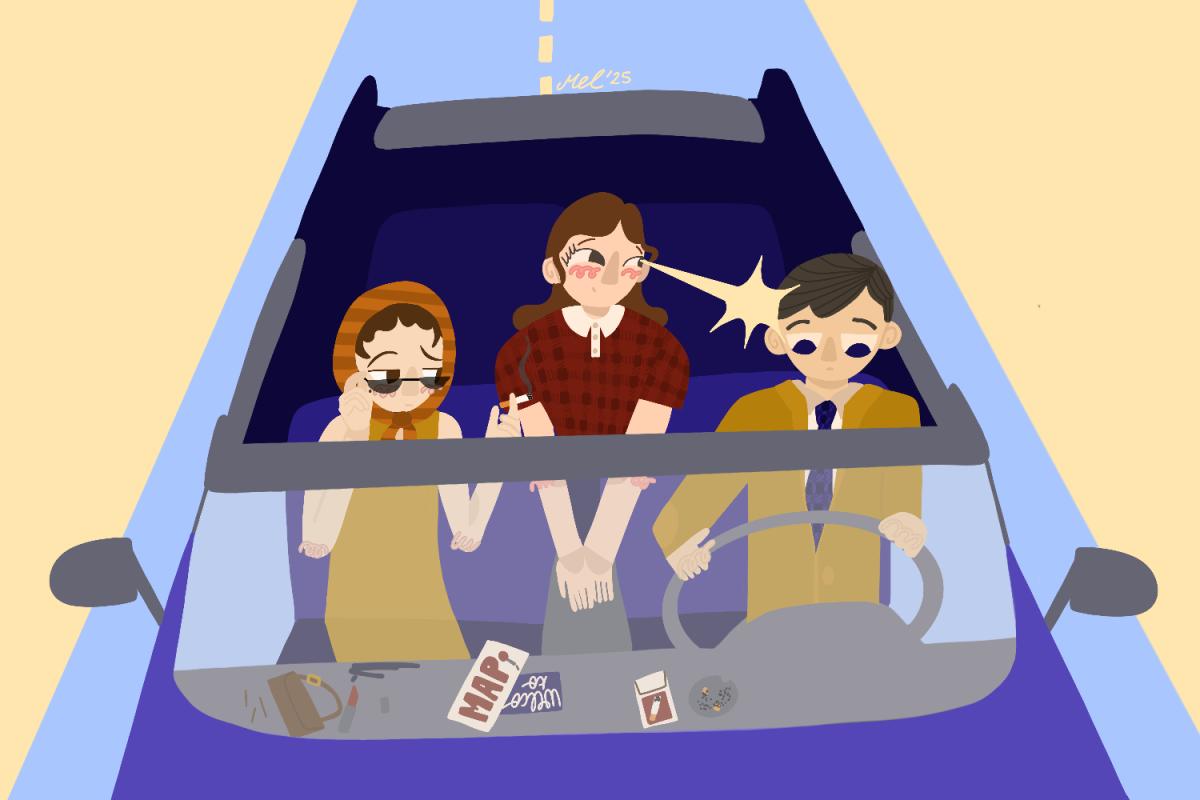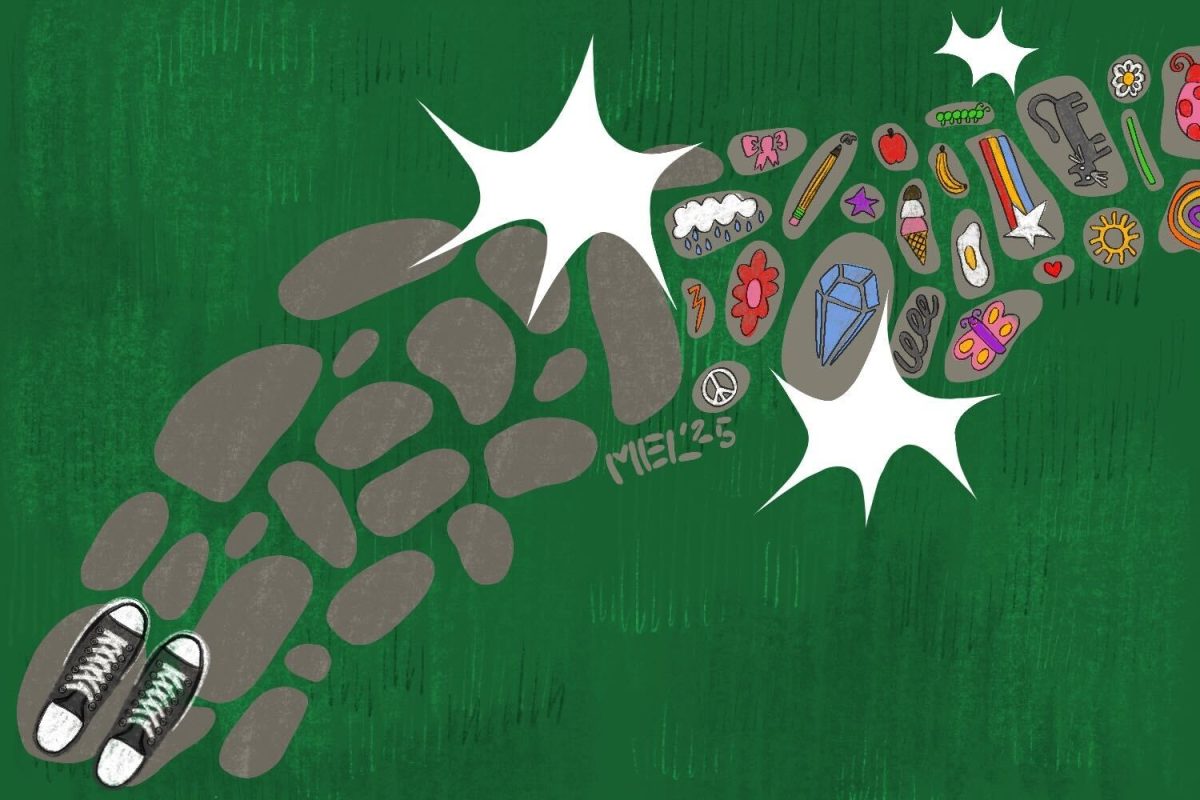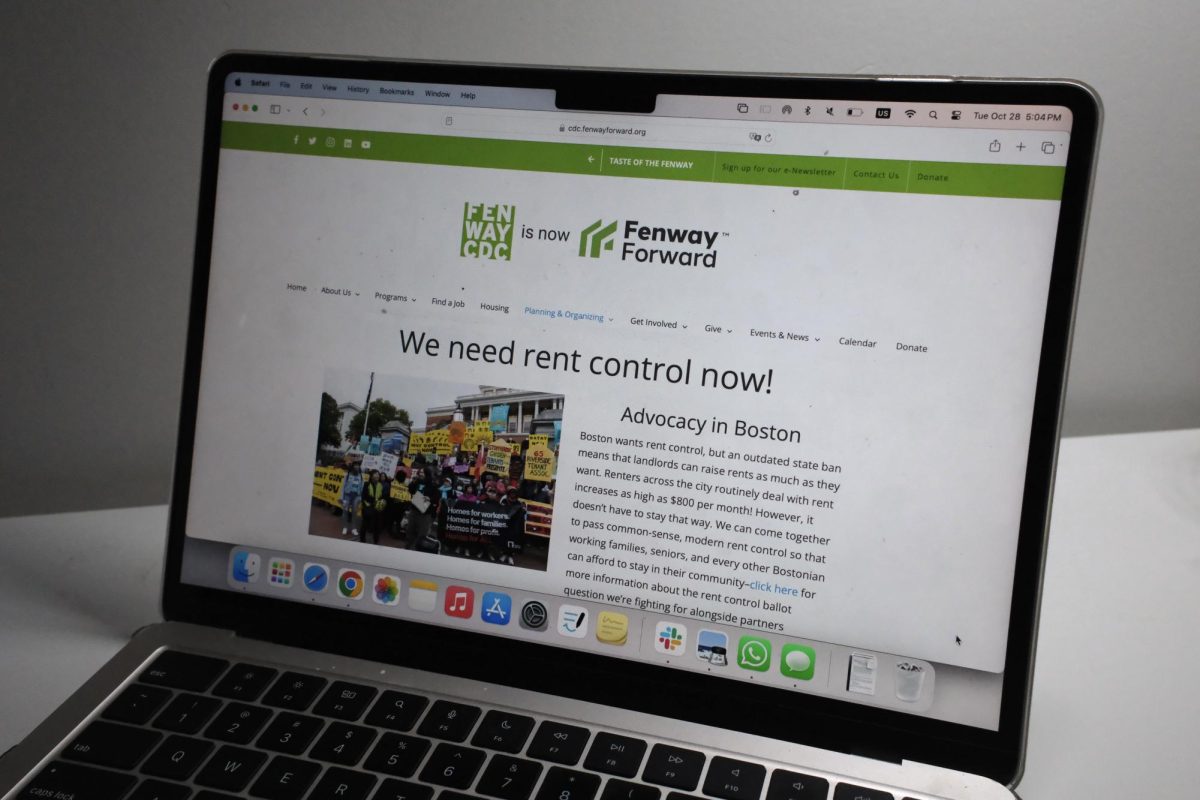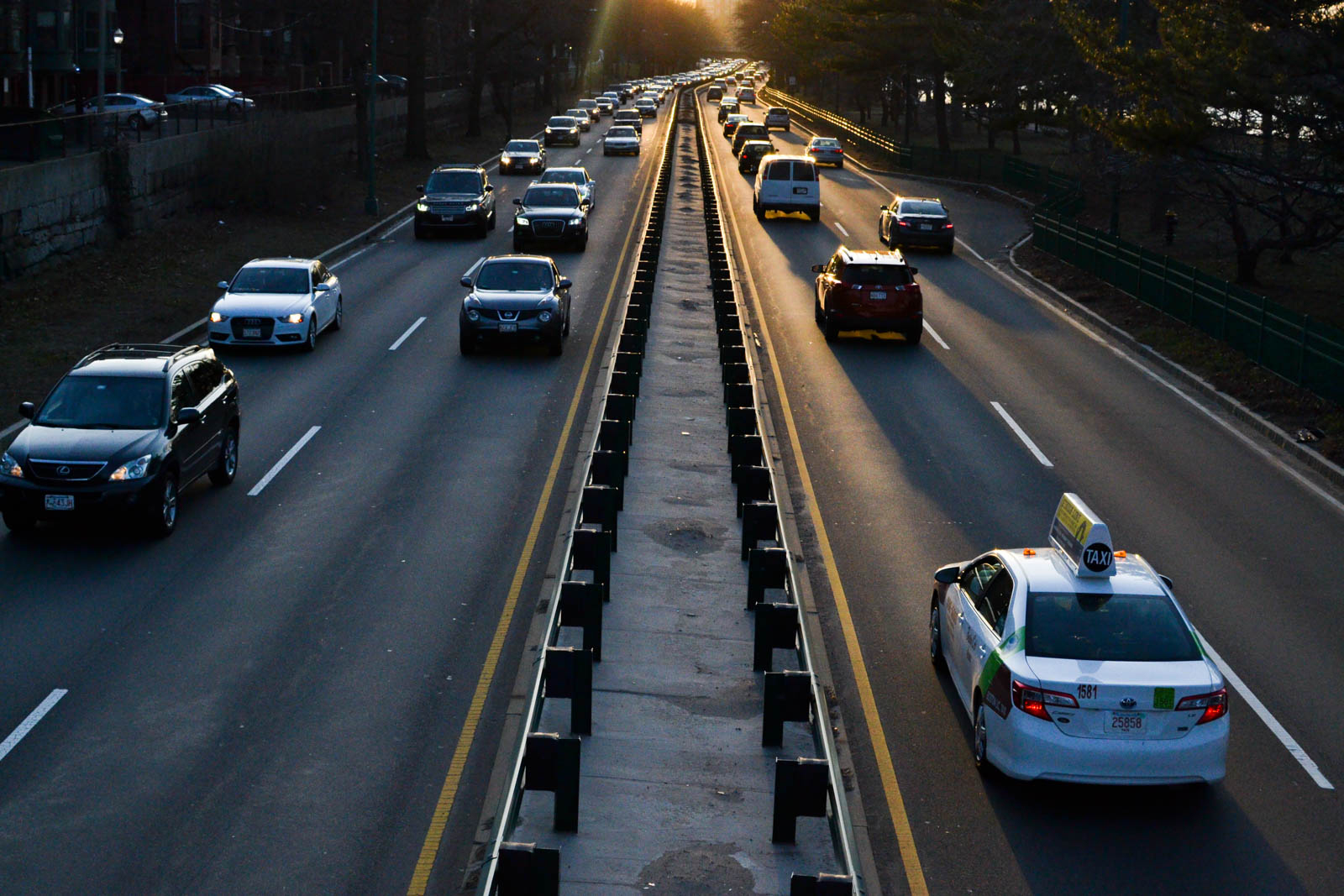
Students swarm the streets in September, piling luggage into Ubers and shoveling their moving carts across the bustling streets of Boston. Moving trucks and minivans with their hazard lights flashing jut out into the middle of roads, and herds of freshman orientation groups crowd T cars past capacity.
Several experts and Boston residents said the influx of students returning to the city for college in the past few weeks has affected traffic and the ease of transportation.
The move-in rush and sheer quantity of college students returning from their summer break has caused longer wait times for commuters on the Massachusetts Bay Transportation Authority train lines and buses, and also has increased traffic due to an influx in using ride-sharing services.
Studies have shown that the use of ride-sharing services such as Uber and Lyft cause traffic. Emily Stein, president of Safe Roads Alliance, an organization that promotes driver and pedestrian safety in Massachusetts, said she hopes Boston students will opt for public transportation methods like the T.
“I don’t imagine a lot of students bring their own car,” Stein said. “But that’s where the ride-sharing and car services come in — where I imagine the students might be using those transportation options more than public transportation.”
Stein also said she thinks students should opt to travel by bike or walking to decrease traffic.
However, since the T and buses stop running late at night, she said she thinks it is important that students have the option to use car services to find a safe way home.
Stacy Thompson, executive director of the LivableStreets Alliance, an organization that advocates for safe and affordable transportation solutions, said the population of college students coming back to Boston in September significantly impacts the efficiency of transportation.
However, she said that other factors, such as children going back to school and people who commute to work, also contribute to the traffic congestion.
“There is a shift,” Thompson said. “On bridges and certain corridors, there will be an uptick in activity [on] the T, but we would also say, particularly with the student population, you see many many more people near universities walking and biking to get around, and those modes shouldn’t be forgotten.”
Thompson said a potential solution to the transportation issue would be improving infrastructure by having dedicated bus lanes, signal priority and better places for bus riders to wait.
“People look at traffic and congestion and say, ‘Oh, this is impossible, we have too many people,’ and we would say [that] you can take an unused area for parking and turn it into a bus lane to move people more quickly,” Thompson said. “When you have those infrastructure changes, you have more space for the T to then send more buses down that corridor.”
Thompson added that it is important for students to speak up about any unsafe road conditions or a desire to better public transportation, specifically on Commonwealth Avenue.
Several Massachusetts residents said they found that the increasing number of college students returning to Boston has affected their ease of transportation.
Tyran Harrigan, 26, of Brighton, said he thinks there are traffic and transportation jams because people who work in the city have different schedules than students, which causes conflict.
“It causes a jam only because you have people who work in the city trying to get out, so timing doesn’t work out for that,” Harrigan said. “A lot of time, the students just jam it up, [and] it gets in the way of us doing our daily work. They come in for classes or are late coming in from the bars, so it’s two different schedules that mess up the timing for everybody getting on the bus.”
Mary Castro, 58, of Framingham, said her commute to Boston is especially difficult during rush hour. Castro said that not just students have affected traffic congestion — construction and its resulting detours also contribute to this issue.
“They need better infrastructure, better roads,” Castro said. “Maybe they need overpasses [or] one-way streets to change the traffic.”
Angela Martinez, 28, of Brighton, said that while the buses and trains were already very crowded during the summer, public transportation has been slower and more crowded since college classes began.
“It has made planning to get to work a little bit more important,” Martinez said.
Martinez said she thinks the MBTA is doing a “great job” with sending a large number of buses. She said she thinks there is not much more they could do to address the transportation congestion caused by college students.
“Maybe the universities can have more shuttles,” Martinez said. “But otherwise, I think the universities and the hospitals, plus regular people and tourists, makes it impossible for the City to plan better.”

